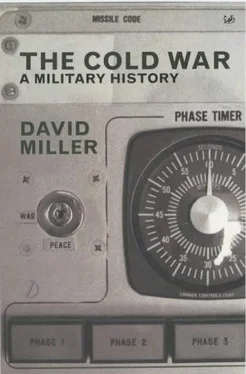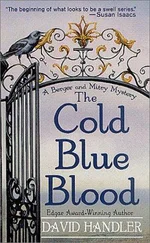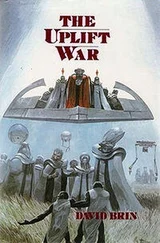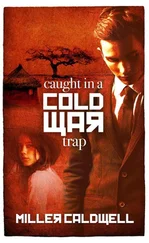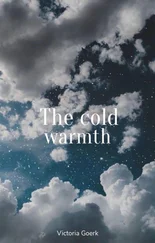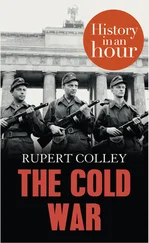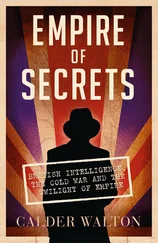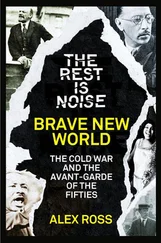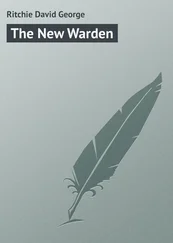Western Group of Forces see Group of Soviet Forces Germany
Western European Union see Western Union
Western Union (Brussels Treaty): formed, 11–13, 16, 18–21; renamed, 26; West Germany admitted to, 54
Western Union Defence Organization, 12, 20, 391–3
Whence the Threat to Peace? (Soviet publication), 29
Wilson, Harold, 386
‘withholds’ (exempted targets), 87n, 90, 364, 366
World War I (1914–18): outbreak and mobilization, 326–7
World War II: mine warfare, 219; and amphibious warfare, 223
Yakubovsky, Marshal I. I., 57
Yamato (Japanese battleship), 217
Yom Kippur War (1973), 29, 319–20
Yugoslavia: relations with USSR, 4, 8; turns to West, 8; independence of USSR, 57, 64
Zossen-Wünstorf, East Germany, 250
Zuckerman, Sir Solly, 356
1. A prelude to the Cold War: the Berlin Airlift, 1948–9
2. NATO’s first leaders: General Eisenhower and Lord Ismay
3. NATO at work: President Kennedy in West Berlin, 1963, and the North Atlantic Council meeting in The Hague, May 1979
4. Confrontation on the streets of West Berlin, October 1961: Soviet tanks and US tanks
5. Confrontation: in the skies and in public opinion
6. The Warsaw Pact on exercise and in the conference chamber
7. Strategic power at sea: the Soviet Typhoon-class missile submarine
8. Nuclear weapons: Soviet and British
9. Land-based strategic power: the US Minuteman and Soviet MIRV warheads
10. The original battlefield nuclear weapons: the US army’s 280 mm ‘atomic cannon’ and the shell that it launched
11. US seapower: USS John F. Kennedy and USS Kitty Hawk
12. Sea power: British frigate HMS Cumberland and a Soviet Kresta II-class cruiser
13. NATO solidarity: ships in Grand Harbour, Malta, and the Boeing E-3 Sentry
14. Different solutions to the air-defence problem: the Soviet ZSU-23-4 and the US Sergeant York
15. The results of an early attempt to achieve standardization: the French AMX-30 tank and the West German Leopard 1
16. The symbol of the end of the Cold War: East German guards look on as a West Berliner attacks the Wall, November 1989
The author and publisher wish to acknowledge the following for permission to reproduce illustrations: 1, 3 (above), 4 (above), 4 (below), Landesbildstelle, Berlin; 2 (above), 2 (below), 3 (below), 13 (below), NATO Pictures; 5 (above), US Navy; 5 (below), 6 (above), 7, 9 (above), 9 (below), 11 (below), 12 (below), 14 (above), US Department of Defense; 6 (below), Keystone; 8 (above), Press Association; 8 (below), 90 Squadron, RAF, via Peter Green; 10 (above), 10 (below), US National Atomic Museum; 11 (above), Yarrow Shipbuilders; 12 (above), 13 (above), 16, Popperfoto; 14 (below), Ford Aerospace; 15 (above), AMX, France; 15 (below), Krauss Maffei, Germany.
MAPS
1.The Northern Hemisphere
2.Central Europe: The Cockpit of the Cold War
3.The Soviet Attack Plan
Alexander, A. J., Armor Development in the Soviet Union and the United States (Rand Corporation, Santa Monica, 1976)
Alexander, J. H., and Bartlett, M. L., Sea Soldiers in the Cold War – Amphibious Warfare: 1945–1991 (Naval Institute Press, Annapolis, Md., 1995)
Archer, C. (ed.), The Soviet Union and Northern Waters (Routledge, London, 1988)
Ball, D., Targeting for Strategic Defence (International Institute for Strategic Studies, London, Adelphi Paper No. 185, summer 1983)
Bellany, I., Nuclear Vulnerability Handbook (Centre for the Study of Arms Control and International Security, Lancaster, 1981)
Campbell, D., The Unsinkable Aircraft Carrier (Paladin Grafton Books, London, 1986)
Cave Brown, A. (ed.), Operation World War III: The Secret American Plan ‘Dropshot’ for War with the Soviet Union, 1957 (Arms and Armour Press, London, 1979)
Cochrane, T. B., Arkin, W. M., and Hoenig, M. M., Nuclear Weapons Databook, Volume I: US Nuclear Forces and Capabilities (Ballinger, Cambridge, Mass., 1984)
Cochrane, T. B., Arkin, W. M., Norris, R. S. and Hoenig, M. M., Nuclear Weapons Databook, Volume II: US Nuclear Warhead Production (Ballinger, Cambridge, Mass., 1987)
Collins, J. M., American and Soviet Military Trends since the Cuban Missile Crisis (Center for Strategic and International Studies, Georgetown University, Washington DC, 1978)
—— Imbalance of Power: Shifting US–Soviet Military Strengths (Macdonald and Jane’s, London, 1978)
—— US–Soviet Military Balance: Concepts and Capabilities (McGraw-Hill, New York, 1980)
Cook D., Forging the Alliance: NATO 1945–1950 (Secker & Warburg, London, 1989)
Corbett, Sir Robert, Berlin and the British Ally: 1945–1990 (published privately, 1992)
Cordesman, Anthony H., NATO’s Central Region Forces (Royal United Services Institute for Defence Studies, London, 1988)
Davis, J. K., et al., SALT II and US–Soviet Strategic Forces (Institute for Foreign Policy Analysis, Cambridge, Mass., 1979)
Douglass, J. D., and Hoeber, A. M., Soviet Strategy for Nuclear War (Hoover Institution Press, Stanford, Cal., 1979)
Fursenko, A., and Naftali, T., The Secret History of the Cuban Missile Crisis: ‘ One Hell of a Gamble ’ (John Murray, London, 1997)
Geraghty, Tony, Beyond the Front Line (HarperCollins, London, 1996)
Gunston, Bill, The Illustrated Encyclopedia of the World’s Rockets and Missiles (Salamander Books, London, 1979)
—— An Illustrated Guide to Modern Bombers (Salamander Books, London, 1988)
Hackett, Sir John, et al., The Third World War: August 1985 (Sidgwick & Jackson, London, 1978)
Hanks, R. J., The Unnoticed Challenge: Soviet Maritime Strategy and the Global Choke Points (Institute for Foreign Policy Analysis, Cambridge, Mass., 1980)
Hölsken, D., V-Missiles of the Third Reich: The V-1 and V-2 (Monogram Aviation Publications, Sturbridge, Mass., 1994)
Isby, D. C., Weapons and Tactics of the Soviet Army (Jane’s, London, 1981)
Lashmer, Paul, Spy Flights of the Cold War (Sutton Publishing, Stroud, 1996)
Maloney, S. M., Securing Command of the Sea: NATO Naval Planning 1948–1954 (Naval Institute Press, Annapolis, Md., 1995)
Norris, R. S., et al., Nuclear Weapons Databook, Volume V: British, French and Chinese Nuclear Weapons (Natural Resources Defense Council, Boulder, Col., and Westview Press, Oxford, 1994)
Reznichenko, V. G. (ed.), Tactics: A Soviet View (English edition published by United States Air Force, Washington DC, 1984)
Rudolph, Lieutenant-Colonel G. T., ‘Assessing the Strategic Balance’ (paper submitted to the International Institute for Strategic Studies, London, June 1976)
Senger und Etterlin, F. von, Taschenbuch der Panzer (Bernard & Graefe Verlag, Koblenz, 1990)
Simon, J. (ed.), NATO–Warsaw Pact Force Mobilization (National Defense University Press, Washington DC, 1988)
Sokolovskiy, V. D., Soviet Military Strategy , 3rd edn, ed. H. F. Scott (Macdonald and Jane’s, London, 1975)
Sokolsky, J. J., Seapower in the Nuclear Age: The United States Navy 1949–80 (Routledge, London, 1991)
Staercke, A. de, et al., NATO’s Anxious Birth: The Prophetic Vision of the 1940s (C. Hurst & Co., London, 1985)
Sun Tzu, The Art of War , trans. and ed. Samuel B. Griffith (Oxford University Press, London, 1963)
Читать дальше
